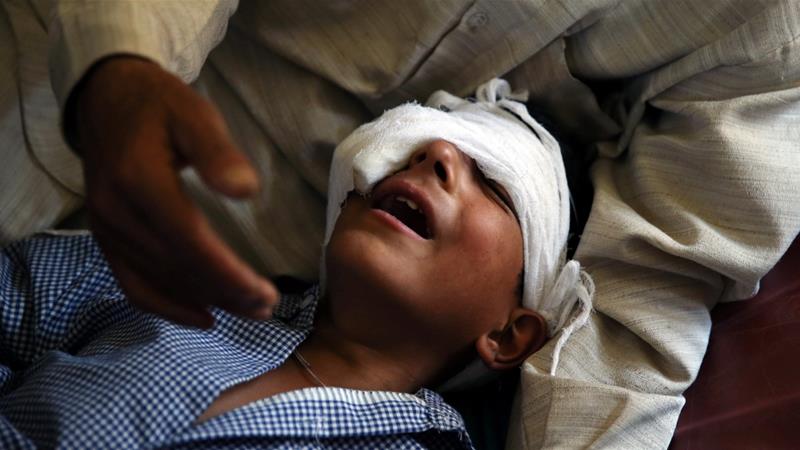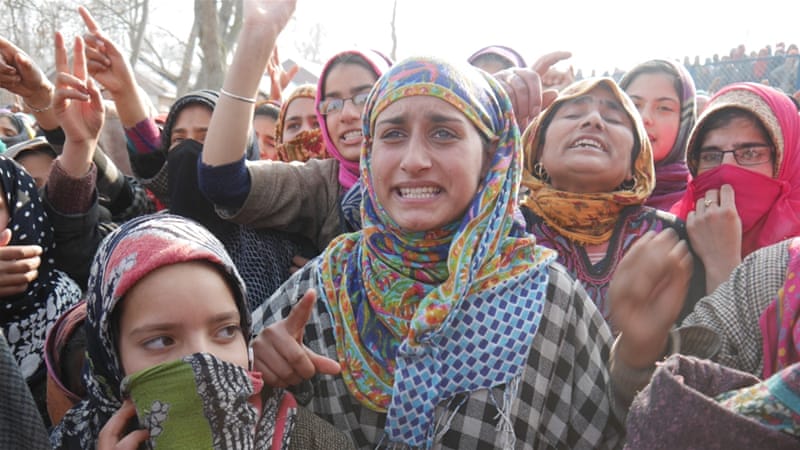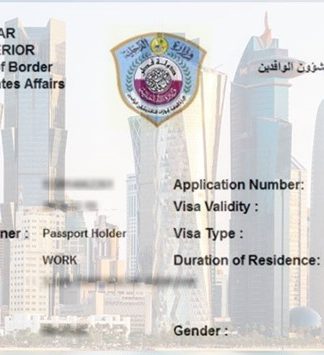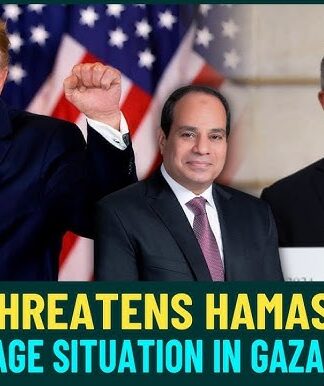![Pellets and rubber bullets are not 'humane' A father comforts his son who, he said, was injured by pellets shot by security forces in Srinagar following weeks of violence in Kashmir on August 18, 2016 [File Photo: Cathal McNaughton/Reuters]](http://www.aljazeera.com/mritems/imagecache/mbdxxlarge/mritems/Images/2016/8/21/bc398c869c1f4268a3395e3b85c02a77_18.jpg)
Amnesty International India recently launched a postcard campaign calling on the Indian government to ban the use of pellet guns in Jammu and Kashmir. Indian authorities argue that pellet guns are non-lethal and continue their use.
There is some truth to India’s claims. Pellet guns overwhelmingly blind, injure, and maim, but do not instantly kill. They are, therefore, posited as more humane and acceptable instruments of crowd control.
A similar logic is behind Israel’s use of rubber bullets in Gaza.
The question then arises: Are India and Israel actually being more humane? Or is there a political strategy behind their decision to blind and maim Kashmiris and Palestinians, as opposed to killing them?
According to Amnesty International, while at least 14 people were killed in Kashmir in 2016, thousands were injured. Incapacitated in myriad ways from being blinded to disabled, victims have suffered the loss of livelihood, trauma, and immobility – experiences that squeeze out life, gradually.
Amnesty International reports: “People injured by pellet-firing shotguns have faced serious physical and mental health issues, including symptoms of psychological trauma. School and university students who were hit in the eyes said that they continue to have learning difficulties. Several victims who were the primary breadwinners for their families fear they will not be able to work any longer. Many have not regained their eyesight despite repeated surgeries.”
A more appropriate way to describe these pellets and rubber bullets, then, is “lethal over time”. The language of non-lethality is simply a rhetorical excuse by cruel governments to wage wars while carefully eliding responsibility for mass debilitation.
Indeed, with the rise of human rights watchdogs, prior approaches of “catch and kill” are less plausible. States have, therefore, moved on to what gender studies scholar Jasbir Puar has described as “shooting to maim”.
This strategy entails causing bodily injury and inducing mass debilitation to bring about a gradual humanitarian collapse. Rather than killing their targets instantly, they leave them to die painful, slow deaths.
Feminist scholar Lauren Berlant theorises “slow death” as “the physical wearing out of a population and the deterioration of people in that population that is very nearly a defining condition of their experience and historical existence.”
Debilitated bodies become the everyday reminders of the immense capacity of the occupying force, even in its absence. The occupier is, hence, always present. This is an effective tool for the occupying state to puncture resistance, suppress dissent, and eventually break the will of the people.
The state justifies its actions by using terms such as “mobs,” “thugs,” and “rioters” to describe those protesting occupation. These terms criminalise resistance and paint unarmed protesters as violent, lawless, and a public nuisance.
Cultural Studies theorist Stuart Hall has described how “clearly political containment of popular protest [has historically been] effected under the ambiguous cover of ‘public order’ and its sanctions.” He points to the changing definition of “crime” as imposed by governing classes on different groups of people for the purpose of legal restraint and political control.
In occupations, the indigenous always appear on the wrong side of the law. They are conceptualised as an undifferentiated mass, perpetually in a state of illegality. The state can, thus, invent weapons that are indiscriminate and undiscerning.
As thousands of pellets descend upon the unarmed bodies of Kashmiris and Palestinians, the henchmen of the colonial regime – the soldiers and politicians – maintain an air of impunity by appearing as a benevolent, well-meaning force that is simply restoring peace.
How ironic since there is nothing humane or benevolent about the iron pellets that pierced the eyes and face of 14-year-old Insha Mushtaq last year; or the rubber bullet that fractured the skull of 14-year-old Mohammed Tamimi last month.
In the words of Kashmiri poet Muhammad Nadeem:
“…these coal black eyes that were like suns,
with rays of happy dreams that leaped from each lash
are now bottomless black wells…”
The use of pellet guns in India and rubber bullets in Israel must be banned, and militarisation and occupation must end.
We must demonstrate transnational solidarity against state violence that masquerades as non-lethal and humane. In addition to tallying the dead, we need to also hold these forces accountable for the injured, the blind, the disabled, the arrested, the raped, the disappeared.
And we have to remain vigilant. Occupying forces are ever so agile and nimble, adapting to human rights criticisms and inventing new forms of population control, policing, and torture. India, for instance, is not only considering rubber bullets but also experimentingwith chili-pepper-filled ammunition, which contains irritants stronger than those in pepper spray – all in the name of being more humane!
Indeed, Kashmiris and Palestinians are brought together by their occupiers’ shared interest in slow deaths. That, perhaps, is the slyest form of extermination.
The views expressed in this article are the author’s own and do not necessarily reflect Al Jazeera’s editorial stance.







 ‘SELL AMERICA’ PANIC: World is Quickly Ditching US Assets as…
‘SELL AMERICA’ PANIC: World is Quickly Ditching US Assets as…




















